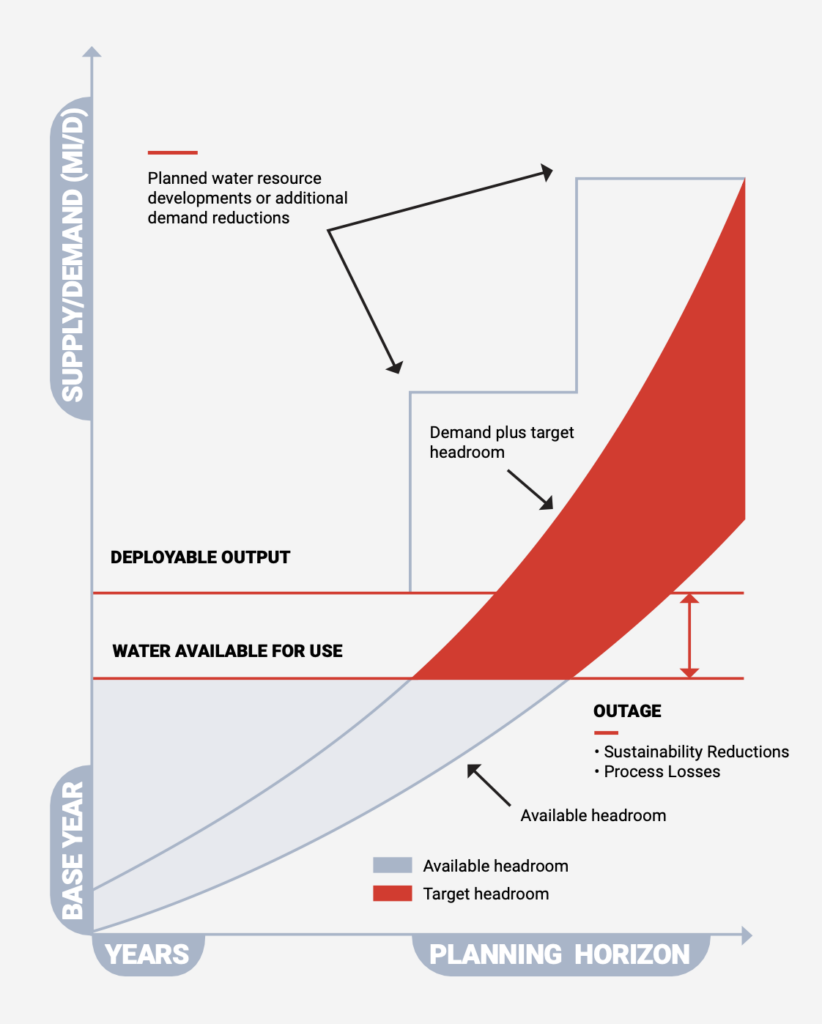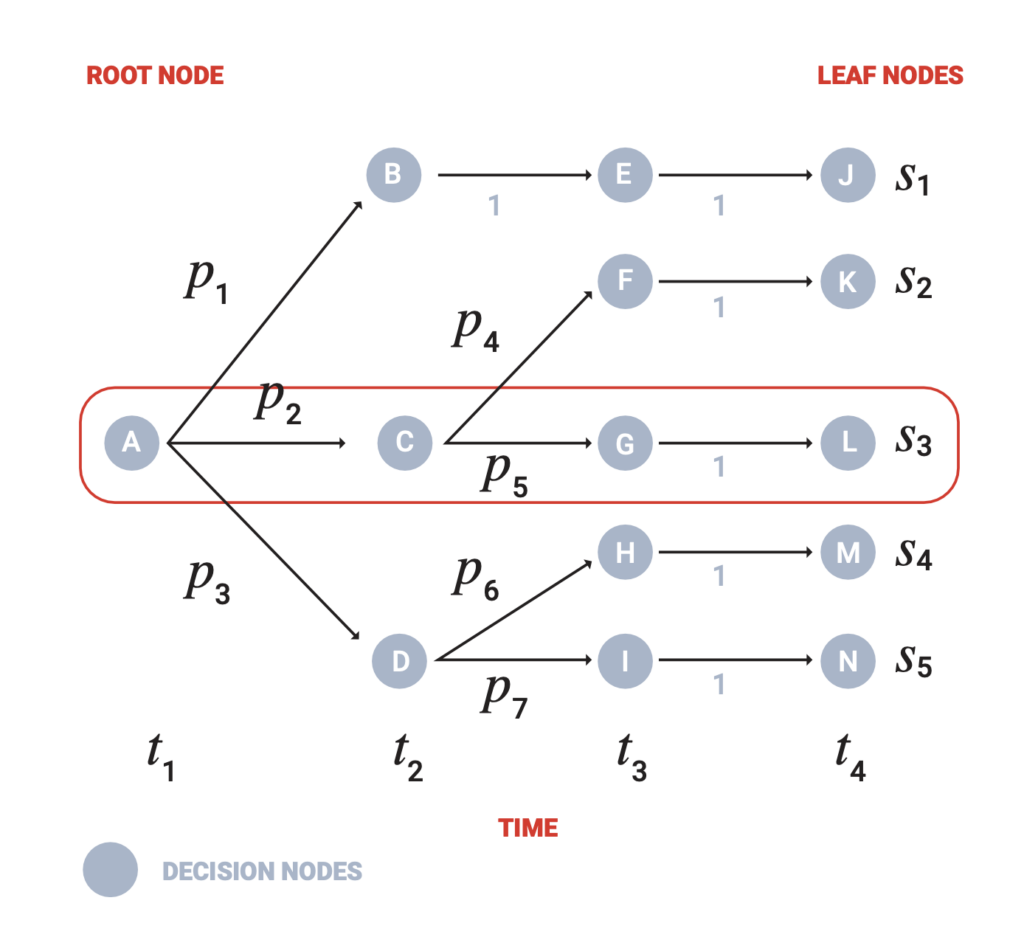“This model will support billions of pounds of water company investment between 2024 and 2029.”
Optimization Team, Decision Lab
We use cookies on our website to give you the most relevant experience by remembering your preferences and repeat visits. By clicking “Accept All”, you consent to the use of ALL the cookies. However, you may visit "Cookie Settings" to provide a controlled consent.
Necessary cookies are required to enable the basic features of this site, such as providing secure log-in or adjusting your consent preferences. These cookies do not store any personally identifiable data.
Functional cookies help perform certain functionalities like sharing the content of the website on social media platforms, collecting feedback, and other third-party features.
Analytical cookies are used to understand how visitors interact with the website. These cookies help provide information on metrics such as the number of visitors, bounce rate, traffic source, etc.
Performance cookies are used to understand and analyze the key performance indexes of the website which helps in delivering a better user experience for the visitors.
No cookies to display.
Advertisement cookies are used to provide visitors with customized advertisements based on the pages you visited previously and to analyze the effectiveness of the ad campaigns.
Other cookies are those that are being identified and have not been classified into any category as yet.





Water Resources South East (WRSE) is an alliance of the six water companies that cover the South East region of England, which aims to secure the water supply for future generations through a collaborative, regional approach to managing water resources.
As a regulatory requirement, English and Welsh water companies must produce Water Resources Management Plans every five years, demonstrating how they will meet their future demand. The plans must follow the Economics of Balancing Supply and Demand framework, and models are used to optimize potential investments to achieve the needed increase in water supply capacity. They must, however, consider factors such as water quality, water lost through leakage, carbon footprint reduction, customer service, and more. WRSE had a wide range of considerations, and some are hard to quantify. Their aim was “to develop an affordable, sustainable, and resilient regional approach to water resource management,” which would support the water companies in their planning.
This is a complex problem with potentially very large supply-demand deficits. Because of the long planning horizon, the uncertainties of climate change, population growth, and legislative drivers are significant. WRSE needed to optimize against this uncertain future to produce resilient plans. Previously, they focused on identifying the least-cost plan that met demand—a relatively straightforward optimization problem. But producing plans that are resilient and adaptable to uncertain events decades in the future and that incorporate other performance metrics (environmental benefit, customer preference, etc.) is a major technical challenge.
How could WRSE plan 75 years ahead for such a complex problem with so many uncertainties?

Without the benefit of hindsight, it is unrealistic to predict the optimal path. So WRSE reached out to UK-based consultant Decision Lab—which helps companies solve complex business challenges like these. Decision Lab advised WRSE that mathematical methods would be key to getting WRSE as close as possible to the optimum plan, whatever the future may hold.
To do this, Decision Lab developed a completely new water investment model. It uses cutting-edge optimization techniques—including stochastic programming, real-option analysis, adaptive pathways, and multi-criteria optimization—overlaid on the least-cost optimal solution. They formulated it as a mixed-integer linear programming problem. This is a large, complex optimization model due to the number of parameters and constraints involved; the multiple options to be modeled; the lengthy planning horizon; multiple objectives; and the need to produce solutions that deal with an uncertain future.
Decision Lab considered different optimization solvers, but it was clear early on that an open-source solver would not be up to the task. The team identified the Gurobi solver as the best product available to meet their needs. The Gurobi team was also able to help Decision Lab tune their model and the solver settings to get better performance and faster run times.

The project benefited from a close technical relationship between the model developers and WRSE, and investment from Decision Lab itself. The model will support the water companies in South East England in developing their water resource management plans and WRSE’s South East England regional plan. The water companies will go through the regulatory submissions process over the next two years, and this model will support billions of pounds of water company investment between 2024 and 2029. The hope is that the model will help with planning for other parts of the country and even outside the UK, as many countries face significant challenges of future water deficits.
GUROBI NEWSLETTER
Latest news and releases